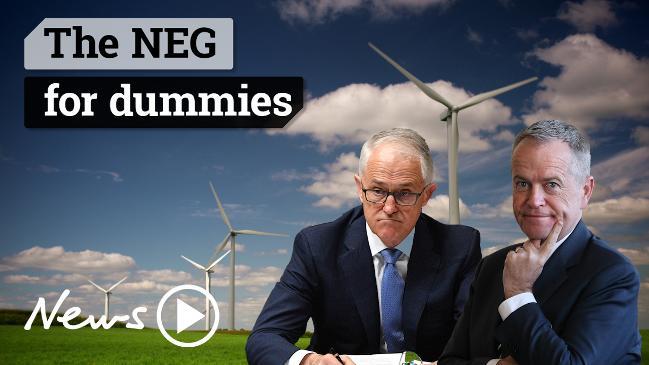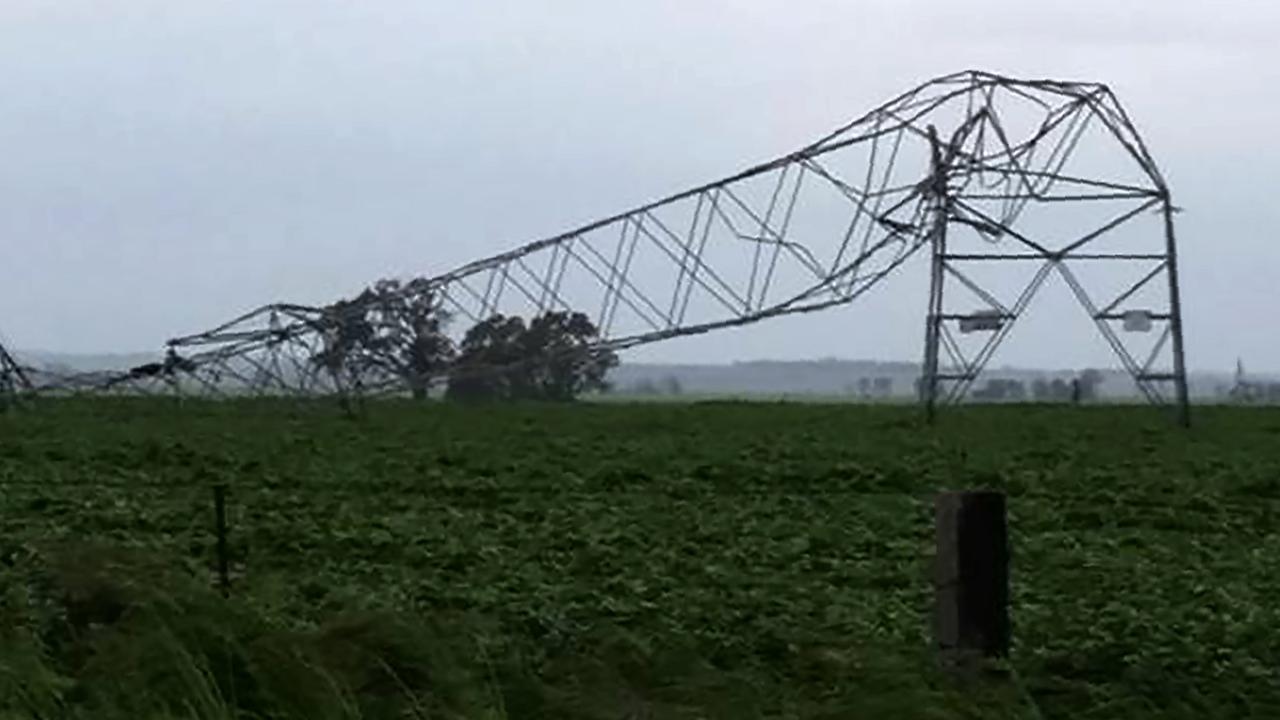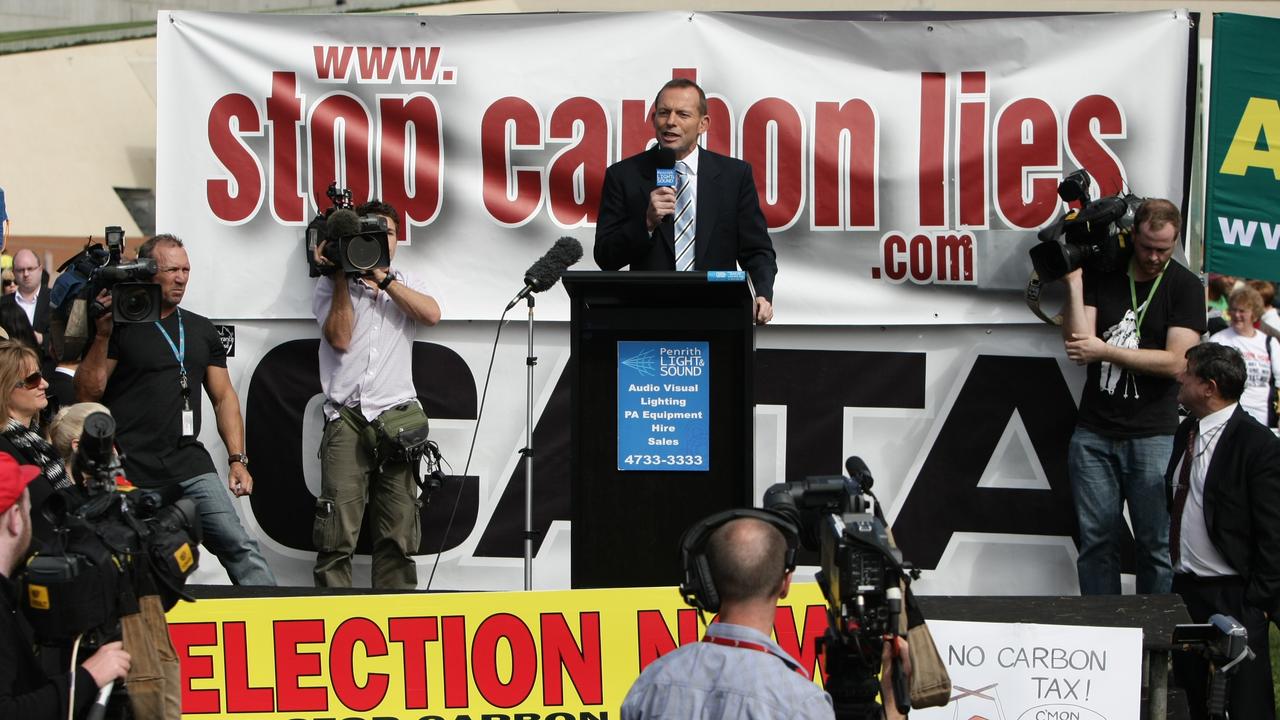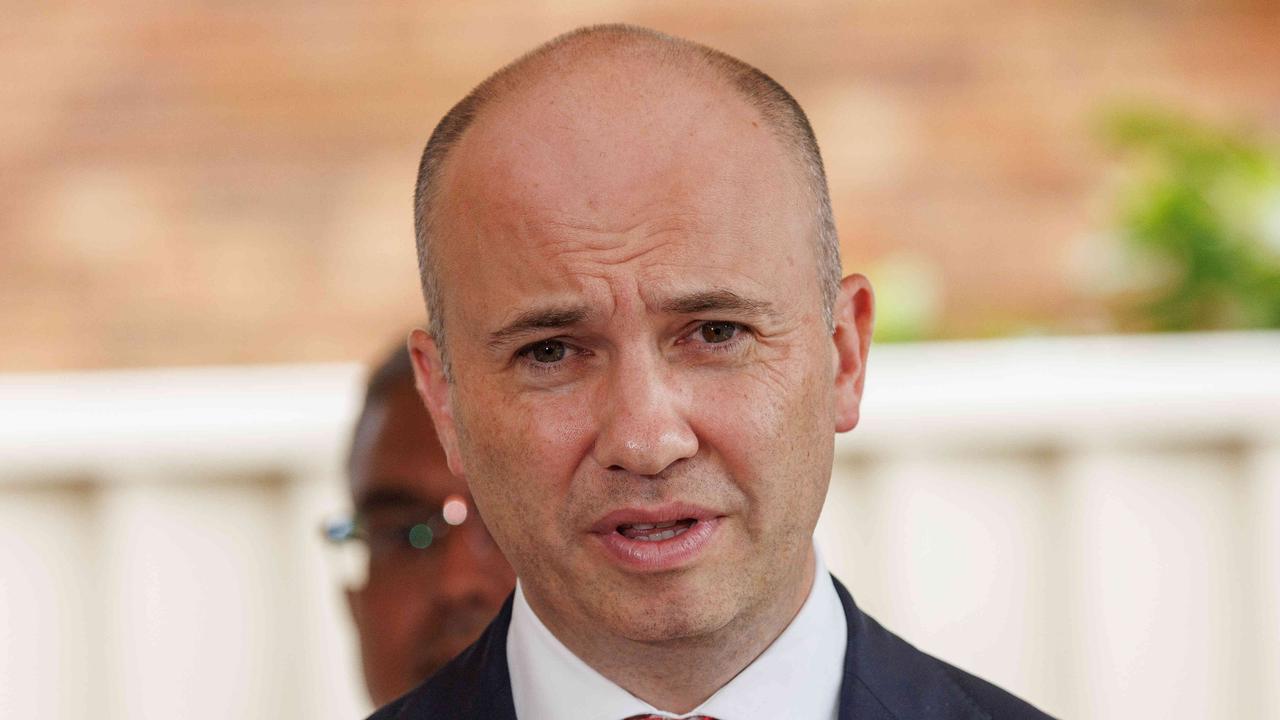What is the National Energy Guarantee and will it reduce power prices?
A CRUCIAL meeting today could decide whether Australians get lower power prices, but its supporters are facing an uphill battle.

IT’S the plan everyone seems to hate but agreeing to it might be the key to Australia’s future.
Friday could be a key turning point for the country as politicians consider whether to finally adopt a national energy policy.
Australia has been left floundering for years without a proper policy to deal with climate change and this has seen coal-fired power stations close down, electricity prices skyrocket and widespread blackouts.
It’s clear there needs to be change but not everyone agrees with how the Turnbull Government plans to do this, through its National Energy Guarantee (NEG) policy.
As Kelly O’Shanassy, the Australian Conservation Foundation’s CEO, has pointed out: “The NEG is nobody’s preferred policy.”
It’s certainly not a ringing endorsement of the plan but somehow this policy needs to get everyone on board.
The Federal Government needs unanimous agreement for the plan from six states and territory governments otherwise it won’t go ahead. So far it’s unclear whether it has this support.
But major business and industry groups are urging politicians to get on with it.
The Business Council of Australia along with the National Farmers’ Federation, Australian Chamber of Commerce and Industry, Australian Industry Group, Council of Small Business Organisations, Australian Petroleum Production and Exploration Association and the Australian Energy Council have called for politicians to act in the national interest.
Business Council chief Jennifer Westacott said disagreements about emissions reduction ambitions were not an excuse to block the plan.
“Business and industry need policy certainty and stability in the energy sector,” a joint statement notes.
“There can be no further delays. A decade of policy uncertainty has only resulted in higher electricity prices and a less stable and reliable energy system.
“Australian households and businesses cannot afford the costs of yet another cycle of political sparring, indecision and inaction.”
Energy Minister Josh Frydenberg will be meeting with the states on Friday to get their in-principle support. It’s unclear what will happen if he can’t get everyone to agree.

WHAT THEY WANT TO DO
The NEG aims to deliver cheaper, more reliable power while lowering carbon emissions.
It would require retailers, such as gas, solar and wind farm owners, to sign contracts agreeing to supply a minimum amount of energy that could be available at all times.
The electricity sold to consumers must have an average emissions level that meets Australia’s carbon emissions reduction targets set as part of the Paris Agreement.
These would be agreed in legislation and reviewed every five years but states and territories can set their own more ambitious targets.
BRINGING DOWN POWER PRICES
The main selling point for consumers is the promise that it will reduce power prices.
Prices have gone up by up to 20 per cent for some consumers and this has been blamed on many things, including confusing bills, not enough competition, the closure of coal-fired power stations, gold-plating of the energy network and increasing gas prices.
The Energy Security Board has done modelling and found Australians could save $550 a year on power bills, with $150 of this coming from the NEG policy.
But others are sceptical — for seemingly contradictory reasons.
Former prime minister Tony Abbott said if there was 36 per cent renewable energy by 2030, as suggested by the modelling, this would drive prices higher.
“I think the modelling is fanciful to put it at its kindest,” he said. “It will not bring down power prices.”
Mr Abbott wants new investment in coal-fired power stations instead, something that experts believe will actually cost more to build than renewables like solar and wind power.
On the flip side, Opposition Leader Bill Shorten said the NEG’s aspirations for renewable energy was so low it would actually force the price of energy up.
“It’s going to strangle future investment in renewable energy and that will lead to higher prices because renewable energy is where we’re going to see cheap energy in the future,” he said.
Confused yet?

BRINGING DOWN EMISSIONS
The main concern from environmental groups is that the policy doesn’t reduce emissions enough and will stifle investment in renewables.
At the moment the government has committed to a reduction of 26 to 28 per cent on 2005 levels by 2030.
But even without the NEG, the pre-existing Renewable Energy Target (RET) will likely reduce emissions by 24 per cent within three years, so there will be hardly any extra reduction in emissions in the nine years between 2021 and 2030.
The Climate Council did modelling that found the NEG would have practically no impact on increasing renewable energy generation and reducing emissions.
In addition to this, the modest reductions in the electricity sector, would mean other industries may have to work harder to reduce their emissions.
“Cutting emissions from other sectors, such as agriculture, mining, or manufacturing is far more expensive and is likely to be both politically and practically difficult,” IBISWorld senior industry analyst Jason Aravanis said.
“It could significantly increase costs in industries such as beef cattle farming, iron ore mining, and iron and steel forging among many others.”
If the NEG is followed, emissions reduction in the electricity sector would contribute just 5 per cent towards the total reduction needed in Australia, yet the industry contributes to 31 per cent of total emissions in the economy.
Former Greens leader Bob Brown wants the electricity sector to cut emissions by 75 per cent, not 26 per cent. Labor has suggested a target of 45 per cent.
The NEG will legislate a target of 26 per cent for the next 10 years, with a review in 2025 and any changes to apply from 2030.
Opponents want the target to be stated in regulation, which is easier to change than legislation. But a future government could still change the laws to cut emissions more in the future.
The Australian Conservation Foundation believes state and federal governments should reach a compromise to salvage the NEG.
Ms O’Shanassy said the Turnbull Government could address concerns by lifting the pollution target or by allowing it to be increased in the future.
“These changes would go some way to ensuring the NEG could be salvaged into something workable in the future,” she said.
“We are fast running out of time to make the pollution cuts needed to ensure we have a safe climate. A responsible government would recognise this and act.”

WILL IT GET THROUGH?
All the states and territories, except Western Australia and Northern Territory, have to agree to the policy but it’s unclear whether this will happen.
Unsurprisingly the Liberal-government controlled states of Tasmania, South Australia and New South Wales support the NEG.
The Labor states of Queensland, ACT and Victoria have questioned the policy and don’t want to sign up unless they know it has the backing of the coalition party room.
Victoria has released a list of demands including that it wants emissions reduction targets set every 36 months, at least three years in advance, that “never go backwards” and are set by regulation rather than legislation, as the Federal Government is trying to do.
But Mr Frydenberg was quick to reject some of Victoria’s “11th-hour” demands. “We are certainly not going down the path of regulation,” he told reporters in Melbourne.
Meanwhile, Tasmania sees it as a “once-in-a-generation opportunity” for the state to become Australia’s renewable battery. The government wants the state to be 100 per cent self-sufficient in renewable energy generation by 2022.
It believes the NEG could drive investment in the state’s wind and hydro projects if a second Bass Strait interconnector between Tasmania and the mainland is built.
Getting the states’ agreement is just the first step. The government will then have to get the coalition party room to agree.
While Prime Minister Malcolm Turnbull has declared “it’s been endorsed by the party room already and will be endorsed again”, some backbenchers have rejected this.
Mr Abbott, Tony Pasin and Craig Kelly are among those concerned.
The coalition party room will meet on Tuesday to debate the energy plan, and there will be a phone hook-up with the states afterwards to get final sign-off.
If it doesn’t happen, Australia looks like it will be destined for more inertia.
— With AAP




